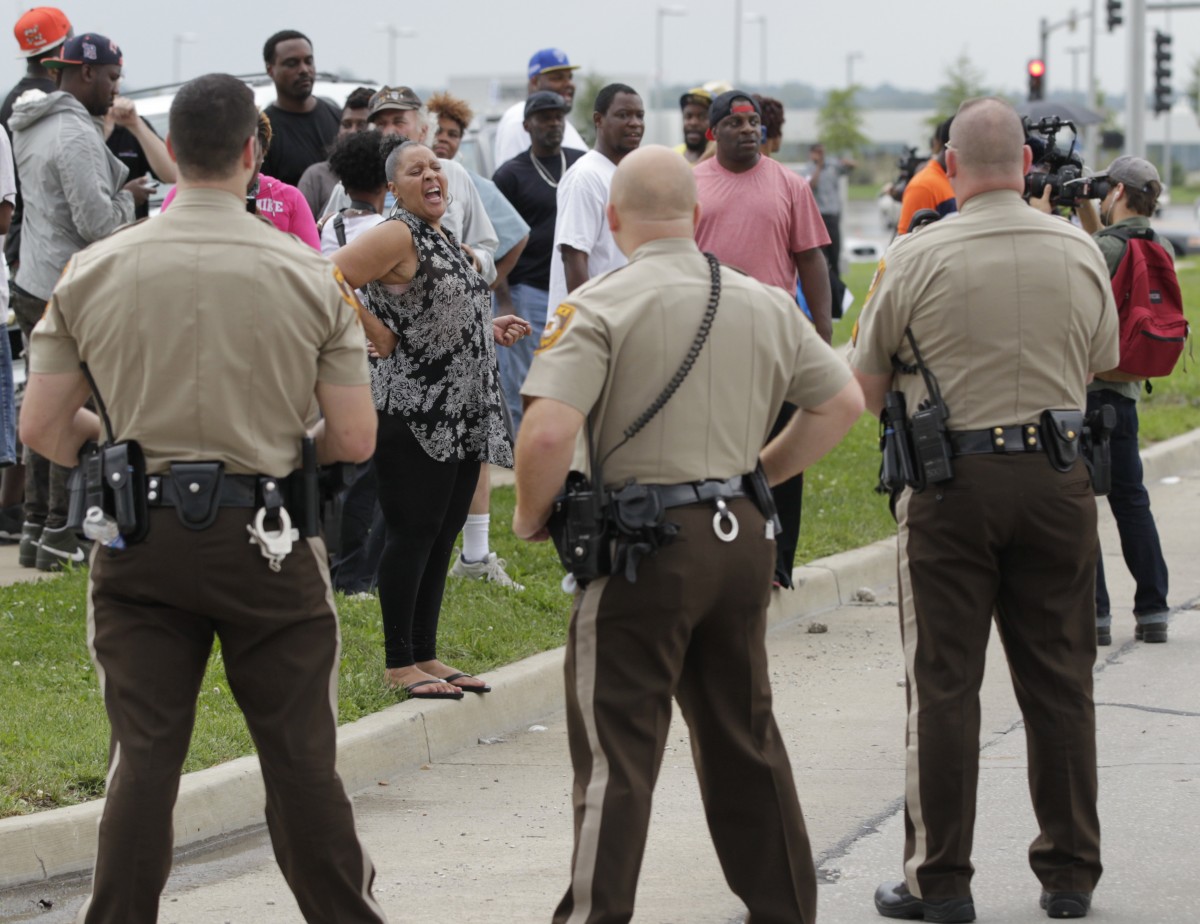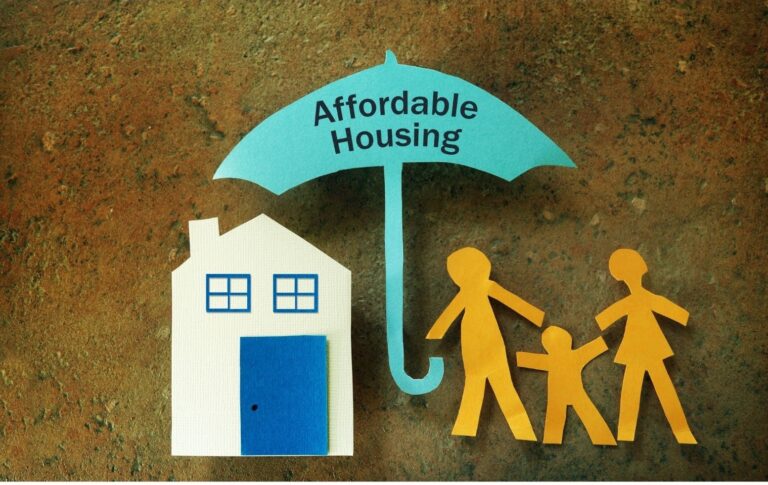Tania Caldwell
URB 200
December 16, 2021
The housing market in New York City has been historically challenging for low-income people of color. First, the segregation system displaced many low-income families of color by creating housing in urban spaces in neighborhoods that are more likely to end in neighborhoods with limited social services resources. But today, gentrified areas are used as a strategy is used contributes to the displacement of families that cannot afford to pay for their housing. I will argue in this essay how decades of housing segregation and today gentrification, is using to situated low-income community (Most of them, community of color), in neighborhood where poverty and the lack social services negatively impact them. To expand this argument, first, I will use the article “Systemic Inequality: Displacement, exclusion, and Segregation” by Abril Castro, Connor Maxwell, and Danyelle Solomon, and the article “What Happened to the People? Gentrification and Racial Segregation in Brooklyn” by Themis Chronopoulos. Then, I will use the article “Housing Policy in New York City: A Brief History” by the Furman Center for Real Estate and Urban Policy, and “Gentrification in Brooklyn to Move a Neighborhood Forces Residents” by Vivian Yee, which will explain how gentrification is taking over today in some neighborhood of New York City, and the article “Brownville Primed For Gentrification Map Shows¨by Katheen Culliton. In my perspective, the housing segregation system had shown for decades the inherently racism that existed in some institutions that denied low-income people of color to live in a good environment, where all can share social services, and an equally place to live. Although housing segregation is not part of the society, gentrification still development the same practice landlords are making from segregation a comparable way to keep low-income families outside of middle-class neighborhood.
For decades, the federal government’s action to urbanize cities has contributed to the displacement of low-income people. After the Great Depression in the 1930s, The Roosevelt administration passed the Homeowners Loan Act and National Housing Act to distribute affordable housing to Americans (Castro, Maxwell & Solomon,2019). The public housing system had been part of the lack of federal distribution of affordable housing in white neighborhoods, with discriminatory policies. The public housing system was part of the discriminatory policies against the African American community. Since the early 20th century, the federal government has expanded resources to construct suburban spaces, where only white people were welcome, living communities of colors displaced in condensed public housing in the urban areas (Castro, Maxwell & Solomon, 2019). Robert Moses, best known for being the designer of the urbanization system in New York City during the mid- 1900s, contributed to the displacement of a community of color in the metropolitan area and segregation in New York City. On his plan sponsored by the federal government, Moses built a city plan to remove African Americans and Latinos from Manhattan and created a public housing system in Brownville, Brooklyn, to segregate people of color in the same community (Chronopoulos, 2020). Because more people of color were low-income families, the city tried to place where they could afford to live, but the purpose of these displacements was to keep them in the same place.
New York City had faced many housings crises throughout the year. In 1985 during the mayor Koch administration, when homelessness and housing crisis were visible, the government had the pressure to reduce the problem (Furman Center for Real Estate and Urban Policy). As a solution to this crisis, the city created housing units to make it more affordable for all the people. The plan helped construct new apartments and renew other housing units, affordable for the middle class and low-income people. The main goal for this “Ten Year Plan” was to address the housing shortage resulting from the housing crisis and make affordable housing for all base income New Yorkers (Furman Center for Real Estates and Urban Policy). The plan was successful not only to make up for the housing shortage but also to integrate communities. Today in New York, the housing market is living through a new crisis because many affordable neighborhoods to low-income people have been gentrified for middle-class people (Furman Center for Real Estate and Urban Polic). As a result of gentrification, data shows that because low-income families could not live more in those neighborhoods. In other words, they are forced to live in prevalent poverty concentrated housing. Compared with middle-class residents, they are placed in single-family units (Goldenberg,2018). In other words, since the 1970s, the city has been active in building more units for a diverse unit of family to make it more affordable for people. However, the housing prices could separate mixed-income families in the same neighborhood.
Gentrification is creating a new way to push low-income people of color from New York City neighborhoods, making housing less affordable. Although The moving of middle class and high-income people to low-income neighborhoods might be beneficial because it could bring social services tax form to communities. The coming of the white middle class to a mixed-income neighborhood could make rent most expensive, and as a result, it would prevent low-income people from continuing paying for affordable housing. In other words, the gentrification method could exacerbate the existing affordable housing market and exclude existing residents from the benefits that gentrification could have. One example is Brownville, an existing African American community, one of the neighborhoods that had been segregated for decades but today is at risk of being gentrified. The neighborhood that was classified a black community as “Hazardous,” and that in the 1940s, white people left because housing was devaluated, and investors avoided investing in those areas (Chronopolos, 2019). Today, gentrification is putting in risk the years of affordable housing that black people have in this community; a study said, “The study, using U.S. Census Bureau tract data to identify more than 1,000 gentrified neighborhoods across the country, found six Brownsville regions where housing prices have increased, in some places nearly doubling, while annual incomes increased by just about $5,000” (Culliton, 2019). The problem of gentrification is that the people who lived in the area cannot afford to live in the neighborhood, but they also end up being displaced in high concentration poor neighborhoods.
New coming residents could contribute to a change in the economic and social resources. However, it could also be disadvantaged because most new residents in gentrified areas are more likely to be high income than the old residents. For example, we have a place such as Bronwville that has been the home for a large number of African Americans, most of them living in the neighborhood for decades with low prices in their housing. If the area is entirely gentrification, the landlords will increase the rent, and low-income families will be forced to leave the place that has been their community for decades (Yee,2015) Today, gentrification is still increasing in New York City areas. New residents are coming to those areas. The rent starts to increase, landlords push old tenants to move by, not repairing the unit, hoping that old tenants get tired of living in a deteriorate place (Yee, 2015). In addition, those new strategies to keep neighborhoods white middle-class communities, property owners are pushing low-income people to the neighborhood where they can afford to live. A study shows that many of those families who have to live community because it has been generated end with living in multiple family members families, and sometimes they can even afford to go for a who unit apartment because of the high price of housing in the same neighbor (Yee,2015). The worth part about a place that has been gentrified is that a place that might have been waiting for decades to change and received more resources might see the change, but after they are pushed out of those neighborhoods.
To conclude, the housing market is still affecting low-income families. In the past, housing segregation was the way to move people of color from the white neighborhood; today, gentrification promises to continue to displace low-income residents. Presently, gentrification is taking the lead; it contributes to the displacement of families that cannot afford to pay for their housing. This essay will argue how, in the present, unfair housing practices for low-income families are still playing a role in housing inequity in New York City. As discussed in the previous paragraph, low-income communities might be waiting for a change in the neighborhood they live in for many years, but those changes come with high rents, pushing them to live outside of the place they lived for many years. In some way, the solution might not only be to displace them in a place where they can afford it but should be beneficial to make housing more affordable, where they live, and make New York City neighborhood more diverse for all. Many of those neighborhoods that were part of generations of people of color, start to change, and most of those old residents would be able to be enjoy of those benefits. Fresh food markets, more funds for schools, and better housing conditions.

https://gentrifiednyc.github.io/gentrification%20code.html
REFERENCES
Chronopoulos, T. “What’s Happened to the People?” Gentrification and Racial Segregation in Brooklyn.
Culliton, Kathleen. “Brownsville Primed For Gentrification Map Shows”. 2019 https://patch.com/new-york/brownsville/brownsville-primed-gentrification-new-map-shows
The Furman Center for Real Estate and Urban Policy. “Housing Policy in New York City: A Brief History”.
Yee,Vivian. Gentrification in Brooklyn To Move a Neighborhood Forces Residents.https://www.nytimes.com/2015/11/29/nyregion/gentrification-in-a-brooklyn-neighborhood-forces-residents-to-move-on.html?smid=url-share





